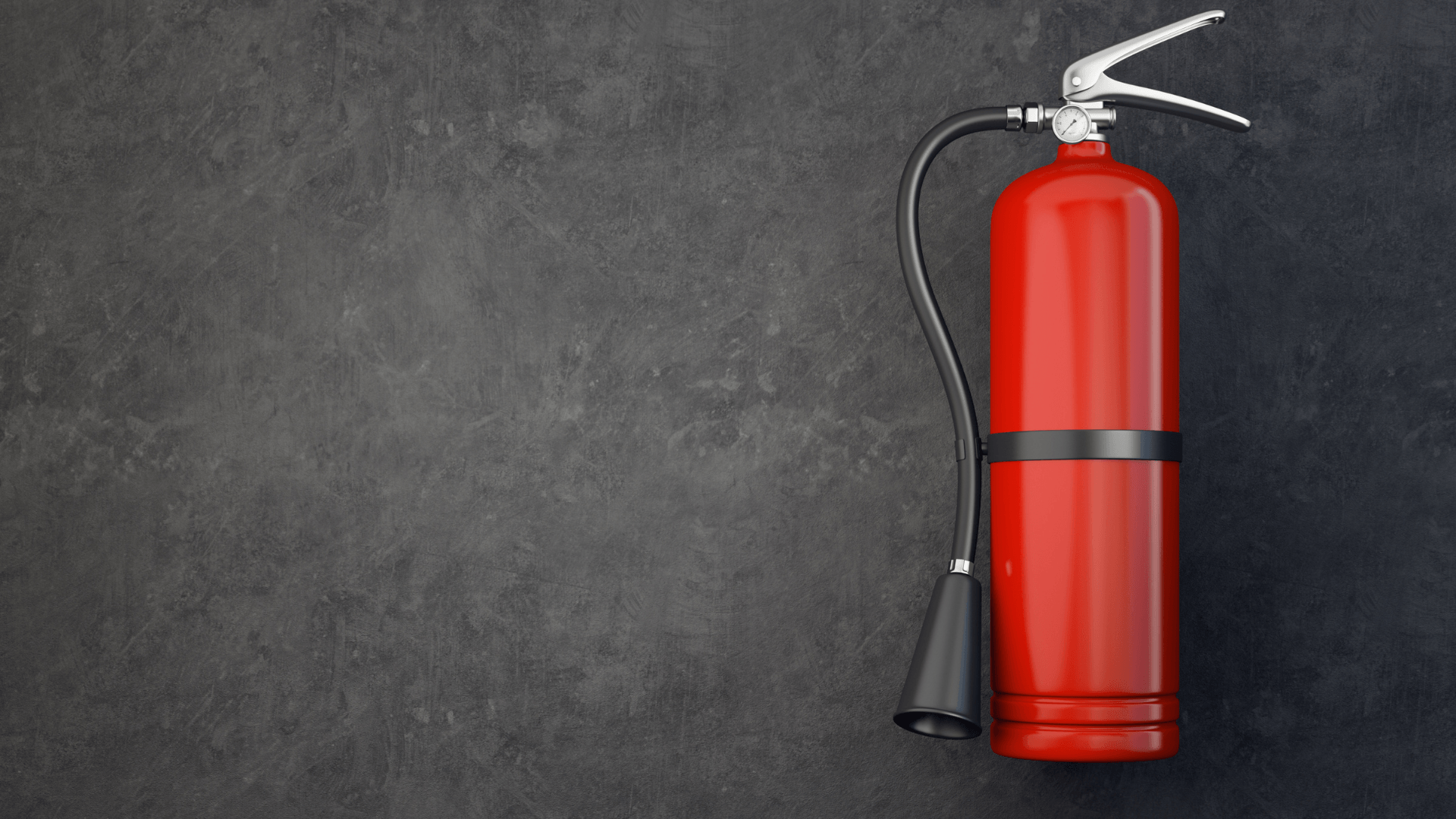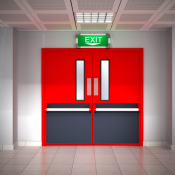
Types of Fire Extinguishers & Their Uses: A Complete Guide
Fire safety is a crucial aspect of workplace and home protection. Choosing the right fire extinguisher can mean the difference between containing a fire and a disaster. But with multiple types available, how do you know which one is right for your needs? In this guide, we’ll break down the different fire extinguisher types, their uses, and when to use them.
Why Fire Extinguisher Types Matter
Different fires require different extinguishing agents. Using the wrong extinguisher can make a fire worse instead of stopping it. That’s why fire extinguishers are classified into five primary categories in the UK.
The 5 Main Types of Fire Extinguishers & Their Uses
1. Water Fire Extinguishers (Class A)
Best for: Fires involving solid materials like wood, paper, and textiles.
Do NOT use on: Electrical, flammable liquids, or gas fires.
✅ Ideal for offices, schools, and warehouses.
2. Foam Fire Extinguishers (Class A & B)
Best for: Fires involving solids (Class A) and flammable liquids (Class B) like petrol or paint.
Do NOT use on: Electrical or gas fires.
Common in garages, fuel stations, and commercial buildings.
3. CO2 Fire Extinguishers (Class B & Electrical Fires)
Best for: Flammable liquid fires (Class B) and electrical fires.
Do NOT use on: Solid combustibles (paper, wood, textiles).
Recommended for offices, IT rooms, and businesses with electrical equipment.
4. Dry Powder Fire Extinguishers (Class A, B, C & Electrical Fires)
Best for: Multi-purpose use; can tackle solids, flammable liquids, and gas fires (Class A, B, C).
Do NOT use in: Enclosed spaces (can cause breathing hazards).
Suitable for workshops, vehicles, and industrial areas.
5. Wet Chemical Fire Extinguishers (Class F – Cooking Oil Fires)
Best for: Kitchen fires involving oils and fats (Class F).
Do NOT use on: Electrical fires or flammable liquids.
Essential for restaurants, commercial kitchens, and food processing areas.
Fire Extinguisher Maintenance: Why It Matters
Regular fire extinguisher maintenance is crucial to ensure your safety equipment functions properly in an emergency. British Standards recommend that extinguishers be serviced annually by a qualified technician.
P50 Maintenance-Free Fire Extinguishers
One innovation in fire extinguisher technology is the P50 maintenance-free fire extinguisher, provided by Britannia Fire. Unlike traditional extinguishers, P50 units do not require an annual service from a technician, making them a cost-effective and efficient choice for many businesses.
Fire Extinguisher Suppliers & Service Providers
If you’re looking for trusted fire extinguisher suppliers and servicing companies, check out some of our featured members:
- Britannia Fire – Leading provider of P50 maintenance-free fire extinguishers.
- Clwyd Fire Protection from North Wales – Expert in fire safety equipment and servicing.
- JM Fire Protection (Scotland) – Specialists in fire extinguisher supply and servicing.
- LS Fire Solutions (Newbury) – Comprehensive fire safety solutions provider.
How to Choose the Right Fire Extinguisher
- Consider your environment – Do you work in an office, garage, or restaurant?
- Look at common fire risks – Electrical equipment? Flammable liquids?
- Check UK fire safety regulations to ensure compliance.
Final Thoughts
Understanding the different fire extinguisher types is crucial for workplace and home safety. Whether you need a CO2 extinguisher for office equipment or a wet chemical extinguisher for your kitchen, having the right one on hand can prevent serious damage.
Would you like to ensure your business meets UK fire safety standards? Explore expert safety consultants and suppliers at My Safety Consultant.



